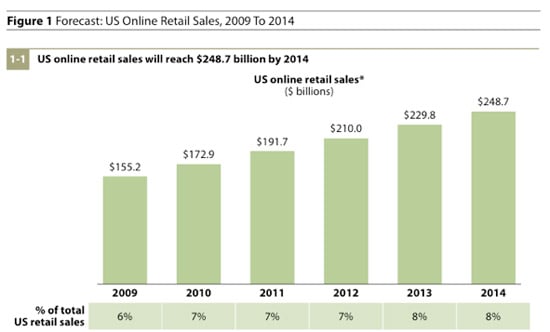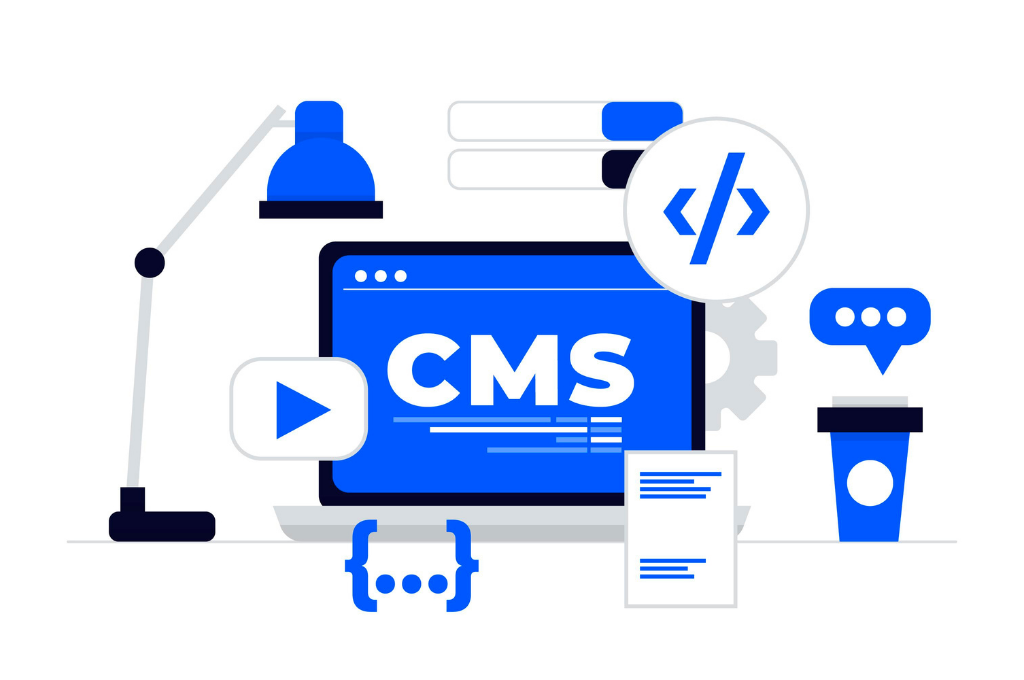In our many years of experience developing Magento eCommerce portals, we have noticed a trend: Clients are often more focused on getting their Magento eCommerce website up and running than worrying about the small details associated with optimization. Understandably, eCommerce is becoming an increasingly large share of how consumers spend their income. This diagram created by Turnkey Titan helps to illustrate that point:
It stands to reason that you, as a business owner, want to ensure that your eCommerce portal is live and functional – and as quickly as possible! But the development of an effective eCommerce website does not begin and end with its deployment; rather, it is an ongoing process that requires constant attention to optimization strategies.
Magento Optimization Tips & Tricks
There are a number of tips and tricks you can implement to optimize your Magento platform. Some of the tips we are about to share may seem trivial. But as your eCommerce revenue grows, those minor tweaks and adjustments can translate into thousands – if not millions – of dollars. For the purpose of this article, we will be reviewing:
- Tips for Optimizing Your Magento Portal for the Best User Experience
- Tips for Optimizing Your Magento Portal for SEO
When customers have a positive experience on your eCommerce website, it encourages them to:
- Spend more money per transaction
- Share your products or services on social media
- Return later for repeat transactions
Optimizing your eCommerce business for the best user experience will pay dividends. When your Magento eCommerce website is also optimized for SEO, you increase revenue in tandem with your exposure through organic search. And fortunately, we have tips and tricks to help you optimize both of these areas.
Optimizing Your Magento Portal for the Best User Experience
Without careful optimization, eCommerce websites powered by Magento can be slow and cumbersome. The best strategy to provide an optimal user experience is to focus on fast performance. Here are five things you can do to optimize Magento for performance:
- Make sure you are running the latest version of Magento
- Compress images using a photo editor
- Image upscaling solution
- Enable caching
- Use third-party extensions sparingly
- Disable directory structure scans
Optimizing Your Magento Portal for SEO
Making sure your eCommerce website ranks highly on Google, Bing, and Yahoo is a simple way to boost revenues without requiring additional development. Here are eight things you can do to optimize Magento for SEO:
- Create URLs that can be easily indexed
- Prevent duplication in the URI structure
- Create a sitemap
- Enable the use of RSS feeds
- Block certain pages from being indexed
- Write descriptive page titles
- Integrate with Google Analytics
- Add a blog to your Magento store
Get Optimizing!
One of the most appealing things about developing your eCommerce website with Magento is that it offers a high degree of flexibility in design. But some aspects of design come at the expense of a slow and tedious eCommerce portal; therefore, it is incredibly important to keep the focus on providing a fast user experience.
Search engine optimization is vital to the success of all websites, but especially eCommerce portals. After all, search engines can be a source of constant traffic, and some studies suggest that most eCommerce transactions begin with a Google search. In some cases, you may be able to optimize Magento in-house. But in most cases, improving the user experience and SEO can be done faster and more efficiently by hiring a team of development experts.
The question of the Day – Which is presently more important to your eCommerce business – Improving user experience, or improving search engine optimization? Why? Let us know with a comment below:



























